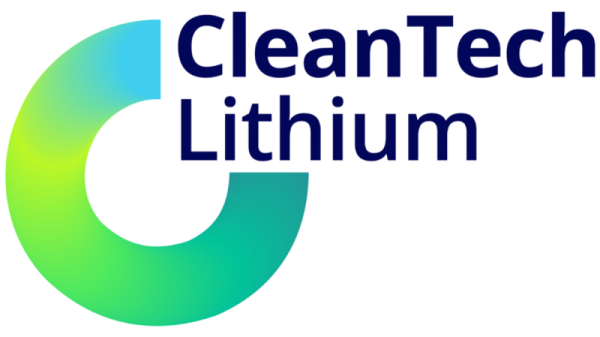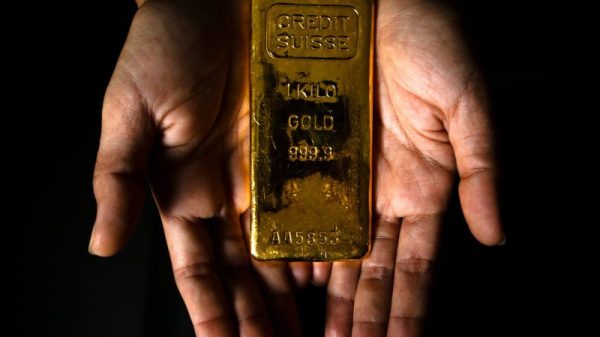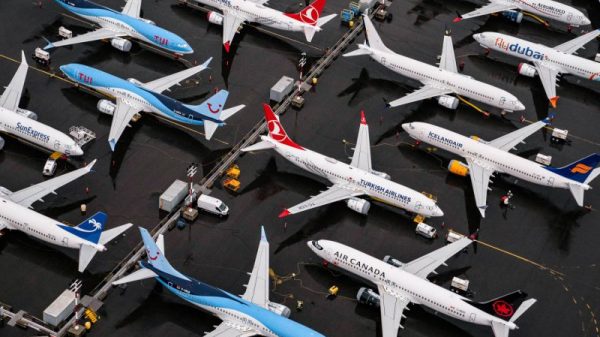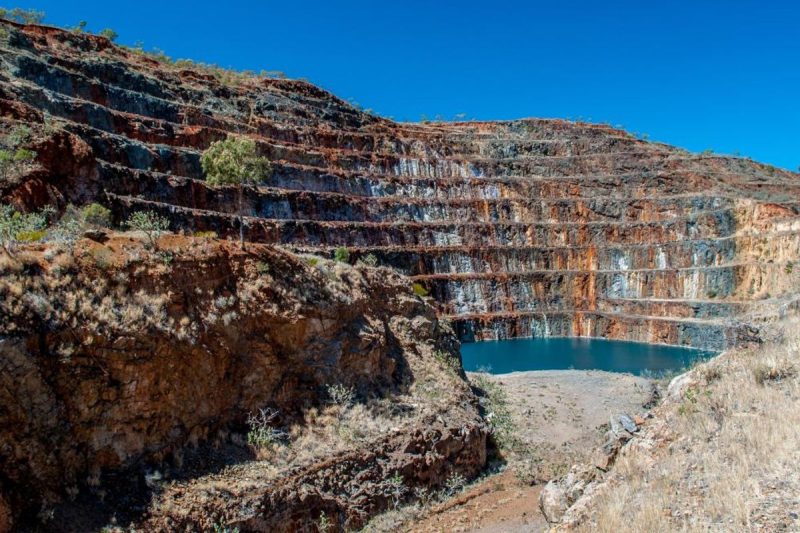In 2022, world uranium mine production came to 58,201 metric tons (MT) of U3O8. Kazakhstan was the top-producing country by far at 21,227 MT, followed by Canada at 7,351 MT and Namibia at 5,613 MT.
Together, those three nations accounted for nearly 59 percent of global uranium production, with Kazakhstan alone accounting for more than a third at 36.47 percent. Unsurprisingly, many of the world’s top uranium mines are located in Kazakhstan, Canada and Namibia. But that’s not the case for all of the largest uranium mines.
1. Cigar Lake
2022 production: 6,928 MT
Cigar Lake in Saskatchewan, Canada, takes first place, accounting for 14 percent of global production in 2022. The underground mine was commissioned in 2014 and began commercial uranium production in May 2015. It is known for being the highest-grade uranium mine, with an average grade of 14.69 percent U3O8.
Cigar Lake is operated by Cameco (TSX:CCO,NYSE:CCJ), which owns 54.55 percent of the mine. Orano Canada owns 40.45 percent of Cigar Lake, and processes ore from the mine at its McClean Lake mill, which is located 70 kilometers from Cigar Lake. The remaining 5 percent is owned by TEPCO Resources.
Cameco expects Cigar Lake to produce 16.3 million pounds (7,393 MT) in 2023.
2. Husab
2022 production: 3,358 MT
The Husab open-pit uranium mine in Namibia is owned by Swakop Uranium, a partnership between China and Namibia. Epangelo Mining Company, a Namibian state-owned entity, owns 10 percent of Swakop, while Taurus Minerals holds the other 90 percent; Taurus itself is owned by China General Nuclear Power Group and the China Africa Development Fund.
According to the Namibia Uranium Association, Husab represents China’s single largest investment in Africa. Husab was discovered in 2008, and produced its first drum of uranium oxide for export in December 2016. As of 2022, the operation accounted for 7 percent of global uranium production. Namibia was the world’s third largest uranium producer in 2022.
3. Inkai, sites 1 to 3
2022 production: 3,201 MT
The in-situ recovery Inkai uranium mine in Kazakhstan is a joint venture between Cameco (40 percent) and Kazatomprom (LSE:59OT,OTC Pink:NATKY) (60 percent). Inkai accounted for 7 percent of the world’s uranium output in 2022.
Even though St. Petersburg is a major transportation hub for the company’s products to reach the global markets, Kazatomprom’s operations have seen little impact from the Russia-Ukraine war. In fact, in 2022 the company’s profits double from the previous year, which was plagued by operational disruptions brought on by COVID-19 lockdowns. ‘In September 2022 Kazatomprom dispatched a uranium delivery for Cameco via the Trans-Caspian International Transport Route to Canada,’ states the WNA on its website.
4. Olympic Dam
2022 production: 2,813 MT
The Olympic Dam polymetallic mine, owned by BHP (ASX:BHP,NYSE:BHP,LSE:BHP), produces copper, along with uranium, gold and silver. Olympic Dam, which has underground and surface operations, plus a fully integrated processing facility, has been in action since 1988, and in 2022 its output accounted for 6 percent of the world’s uranium production.
Australia has the largest uranium reserves in the world, and holds about 30 percent of potential global supply. In 2022, the country was the world’s fourth largest producer.
5. Karatua (Budenovskoye 2)
2022 production: 2,560 MT
The in-situ recovery Budenovskoye 2 operation, located in Kazakhstan at the Karatau mine, produced 5 percent of the world’s uranium in 2022. The Karatau mine is owned by the Karatau joint venture, a Kazakh-registered limited liability partnership that is held by uranium producer Kazatomprom and Uranium One, a subsidiary of ROSATOM, Russia’s state-owned nuclear energy company. Uranium One takes care of ROSATOM’s uranium output outside Russia.
Karatau started producing in 2009, and the joint venture has the right to carry on exploration, mining and sales operations at Budenovskoye 2 under a long-term subsoil use contract with Kazakhstan.
6. Rössing
2022 production: 2,255 MT
The Namibia-based Rössing uranium mine was responsible for 5 percent of the world’s production in 2022. The open pit has operated since 1976 and was the country’s first commercial uranium mine.
Rio Tinto (ASX:RIO,LSE:RIO,NYSE:RIO) was the company that brought Rössing into production, but it is no longer involved in the mine. In November 2018, Rio Tinto announced that it would be selling its majority stake of 68.62 percent to China National Uranium, and it completed the sale the next year.
Aside from China National Uranium, a number of entities have interests in Rössing: the Namibian government owns 3 percent, the Iranian Foreign Investment Company owns 15 percent, the Industrial Development Corporation of South Africa owns 10 percent and individual shareholders own the rest.
7. SOMAIR
2022 production: 2,020 MT
SOMAIR is located in Niger and was responsible for 4 percent of the world’s total uranium production in 2022. The operation, which opened in 1971, is 63.4 percent owned by uranium producer Orano and 36.66 percent owned by Sopamin, the state agency that manages mining in Niger. The country’s Cominak operation, which was a major producer, closed in 2021 after its reserves were depleted.
Orano holds another joint venture in Niger for a third site near SOMAIR and Cominak: Imouraren. Optimization studies assessing extraction methods were underway at Imouraren as of September 2022, as per the WNA.
8. Four Mile
2022 production: 1,740 MT
Quasar Resources’ Four Mile in-situ leach operation is the top uranium-producing mine in Australia. The high-grade, roll-front deposit was discovered in 2005 about 8 kilometers from the formerly producing Beverly uranium mine. Construction of the mine began in December 2013, followed by commercial production in June 2014.
Four Mile produced 3 percent of the world’s uranium in 2022. The deposit is also prospective for iron-oxide and copper-gold mineralization.
9. Central Mynkuduk
2022 production: 1,653 MT
The Central Mynkuduk mine is an in-situ leach uranium mining operation in Kazakhstan held by Ortalyk, a joint venture between Kazatomprom (51 percent) and China General Nuclear (49 percent).
Production began at Central Mynkuduk in 2007 and it accounted for 3 percent of the world’s uranium production in 2022.
10. South Inkai 4
2022 production: 1,600 MT
South Inkai 4 is a large in situ leach operation in Southern Kazakhstan. The mine is owned by SMCC, a joint venture between Kazatomprom (30 percent) and Uranium One (70 percent).
Commercial output at Kharasan began in 2011, and in 2022 it accounted for 3 percent of the world’s uranium production.
Securities Disclosure: I, Melissa Pistilli, hold no direct investment interest in any company mentioned in this article.





























